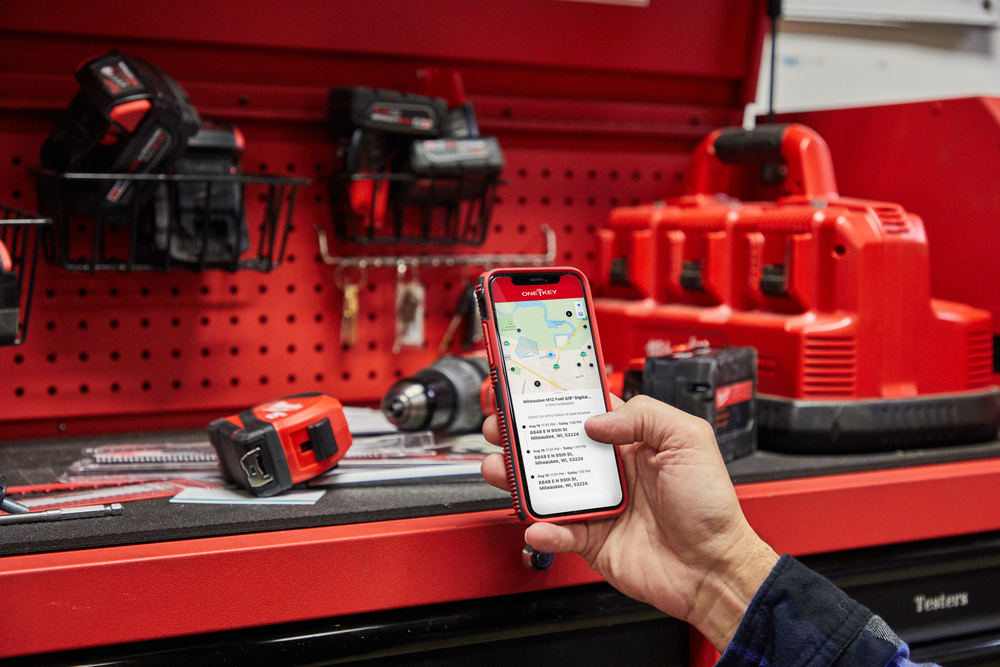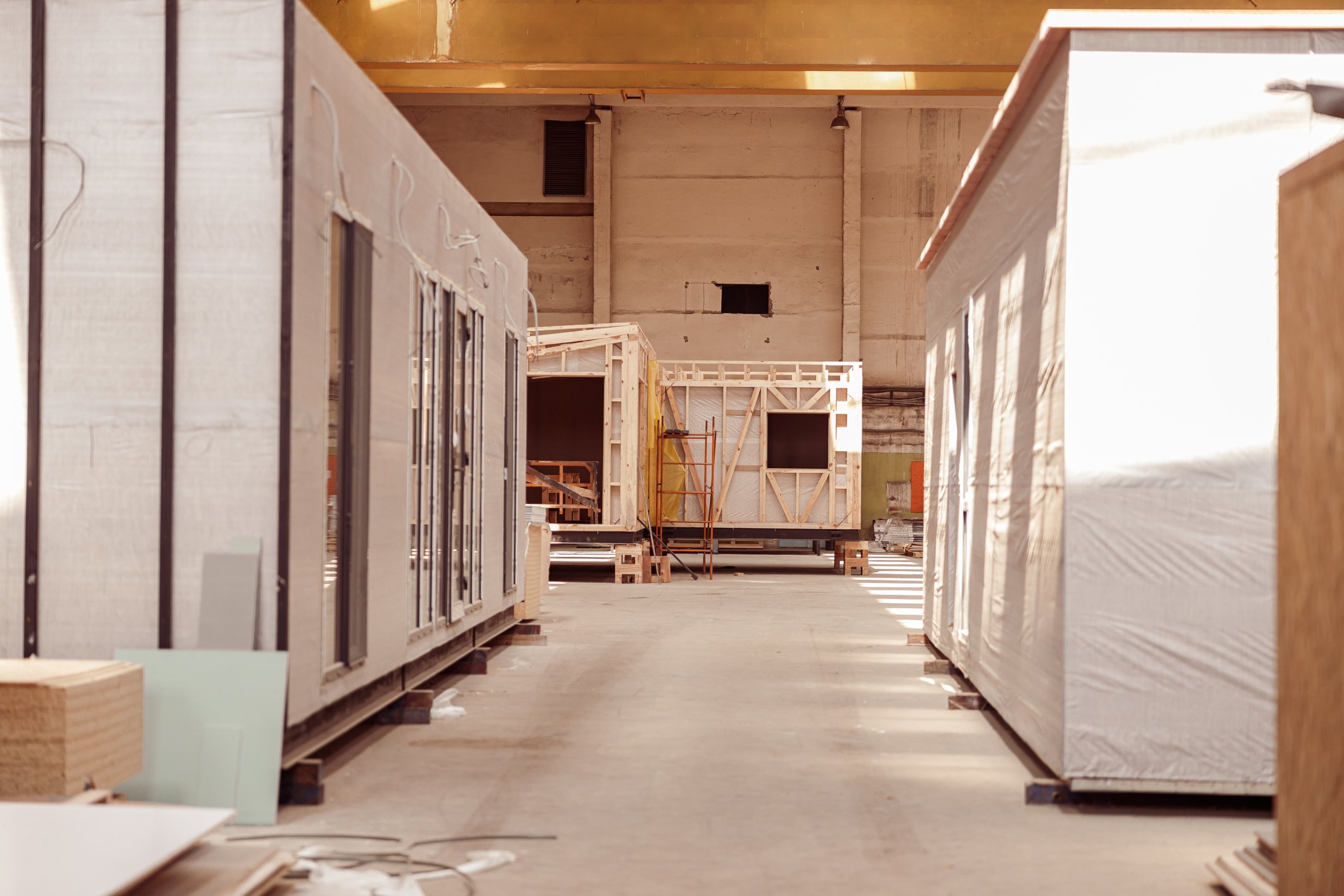
A silent killer in the industry masquerades as a wolf in sheep’s clothing—or perhaps a better metaphor would be a snowball picking up speed as it rolls downhill, rapidly growing in size and severity with each rotation.
A comprehensive review of construction rework published in Construction Management and Economics (2) notes that the consensus among academic papers studying rework in the construction sector is that it’s happening at an increasing rate.
This comes at a contextually worrying time. Consider a 2022 McKinsey article. Analysts called construction’s demand for the talent that’s needed to execute projects a “mismatch” – a labor imbalance where “record job openings” are incongruent with organizational needs. McKinsey adds that the “interconnected nature of the construction value chain means that the labor mismatch generates knock-on effects across the project life cycle and supply chain.”
The McKinsey article is mirrored and perpetuated by more recent data from the ABC, which showed labor shortages reaching a record half a million at the beginning of 2023. Claims made in the 2022 McKinsey article, echoed later by the ABC in their staggering report, have been reinforced by experts – advances in construction automation are absolutely critical, “especially in an industry that has extremely high labor scarcity.” Consider the fallout of these organizational challenges: Up to 25% of material deliveries to sites were either late or incomplete, while in project execution, “difficulty accessing skilled and experienced people was leading some owners to report project delays related to issues around the quality and productivity of on-site work,” the McKinsey article summarized.
Rework (and its associated costs and hit to a construction business’s profitability) is only going to worsen as access to labor becomes scarcer. There are ways to be competitive among in-demand skilled trades, and the industry at large can do more to make careers in construction appealing to young people. In this article, though, we focus our attention to contextualizing the impact of rework on construction and offer some practical remedies to avoid it from happening.
Jump Ahead:
What Is Construction Rework? Definition and Meaning of Rework in Construction
Consensus among researchers—like scholars Asadi et al (1, 2) and Love et all (3, 4, 5) who’ve written extensively on the subject—has suggested that formulating a standard definition of rework can be challenging and depends on context. A simple meaning of rework (4), “as a verb” is to “work again;” however, within the context of construction, “a plethora of rework definitions have been propagated in the literature centered around the themes of quality (i.e. conformance) and change/deviation.”

Navigant Construction Forum™ offers a definition of “rework” from their own review of available literature: “‘Activities in the field that have been done more than once in the field, or activities which remove work previously installed as part of the project regardless of source, where no change order has been issued and no change of scope has been identified by the order.’”
How Much Does Construction Rework Cost? The Impact of Rework (Statistics & Effects)
A 2022 Autodesk/FMI-joint white paper said that rework accounted for 5% of the United States’ construction spending of $1.3trillion—in other words, rework is estimated to account for over $65billion annually.

Speaking on the “consequences of rework,” scholarly researchers for academic journal, Engineering (3), said it had “significant, adverse” effects on project, people, and organizational performance and productivity. Scholars writing for Construction Management and Economics (2) highlight that rework represents a large proportion of construction cost overruns – this conclusion is mirrored in an article presented by authors representing Egyptian Benha University in a 2020 review study.
Construction Rework Statistics
- The above-mentioned scholarly research (3) indicated that a range from 2.4% to 12.4% of a project’s contract value was affected as the result of rework, while rework related to quality issues could result in a range between 0.05% and 20% of contract value.
- The above-mentioned Navigant Construction Forum™ mirrored this estimate—4-6% of total project costs, they found, could be attributed to rework. However, they noted that, only taking into consideration direct costs or reported rework, a more realistic estimate is 9% of the total project cost when you factor in both direct and indirect factors.
- Becht, meanwhile, viewed that between 2% and 20% of total costs could account to rework.
Construction Rework Causes
There are many common causes of rework, frequently including poor communication, inadequate collaboration, incomplete architectural drawings, or change orders.
An extensive academic study into the common causes of rework in construction contracts (1) highlights 37 causes of rework causes classified into five categories:
Category 1. Causes Related to Work Process
- Changes, modification and revisions in design/construction changes.
- Error in design, drawings and specification/error in construction.
- Incomplete design, any omission in the design or construction process.
- Inadequate procurement methods/poor contract execution.
- Improper contractor and subcontractor selection.
- Lack of document control.
Category 2. Causes Related to Human Factors
- Lack of experience and personal expertise in design and construction.
- Inadequate supervision staff.
- Inadequate manpower to complete the task.
- Insufficient skilled level manpower.
- Poor knowledge of team member, lack of education and training.
- Lack of employee motivation and rewards, carelessness.
- Poor workmanship approach and inappropriate personal attitude.
- The absence of job security and other safety rules.
- Labor reallocation, alteration and staff turnover.
- Conflict of interests.
Category 3. Causes Related to Materials and Equipment
- Defective materials, non-adhesive to material specifications.
- Poor-quality material or substandard product/prefabrication errors.
- Replacement or misplacement of material and equipment.
- Inefficient equipment use or altered material.
- Untimely deliveries of materials and equipment.
Category 4. Causes Related to Technical Factors
- Ineffective use of quality management practices/deviation due to poor monitoring.
- Poor technology application and lack of information technology use.
- Poor communication system for coordinating between team members.
- Inefficient management process, poor site management practice.
- Poor project documents, unclear instruction, poor contract documents.
- Conflicting and incomplete information.
- Inadequate planning and poor scheduling of workload.
Category 5. Causes Related to General/External Factors
- Financial issues such as lacking funding, low contract or payment fee, delay in payment and cost pressure.
- Lack of client involvement.
- Unclear line of authority.
- Time pressure, schedule acceleration to finish the task, insufficient time to prepare contract documentation.
- Lack of constructability.
- Damage/defects/deviations in product due to poor handling and safety considerations.
- Governmental regulations/changes and policies.
- Environmental conditions, poor site condition.
- Unpredictable factors from different sources.
Other common causes of construction rework include:
- Bad data – 14% of all rework in construction globally is caused by bad data, an Autodesk/FMI-joint report finds – a similar study found that 52% of rework was the result of poor project data and miscommunication.
- Design – 70% of rework experienced in construction and engineering products happen as the result of design-induced rework, according to Quality (via Autodesk).
- One academic study found the top five causes of rework were the result of 1) Wrongly laying of forming course (block work), 2) Poor quality of concrete, 3) Lack of correct interpretation of customer requirements, 4) Poor communication, and 5) Inadequate construction planning
- Navigant Construction Forum™ relayed the common causes of rework were likely to be due to: design and construction changes; errors and omissions; project enhancements; operability challenges; fabrication changes and errors, etc.
- Scholars for Civil Engineering and Environmental Systems (4) noted: managerial actions and organizational decision making; latent defects; poor communication, workmanship and quality management; etc.
How Do You Avoid Construction Rework? Practical Remedies
The industry faces strong headwinds from both a resourcing and a project demand standpoint, but there are mitigation strategies to help you stay leaner and more interconnected organizationally to put you at an advantage over your competitors.
Here are some practical remedies to avoid rework from becoming as a problem for your company:
Improve Collaboration and Design Accuracy through BIM and LiDAR
Building Information Modeling can be used to facilitate collaboration and transparency with clients through immersive, realistic tours of proposed building plans before even breaking ground – quite the sales pitch.

But it can also be used to help mitigate risk and certainly prevent instances where rework may otherwise rear its ugly head. BIM models, what’s more, can be built on top of LiDAR to give stakeholders a realistic impression of what the finished project will look like in its natural environment.
Inventory Management to Manage the Construction Supply Chain
Ensuring tools and materials are onsite before they’re needed is critical to keeping projects on schedule and reducing construction downtime.

Inventory apps like ONE-KEY™ can be used to:
- Maintain equipment through preventive maintenance to avoid equipment breakdowns.
- Manage in-crib shelving and helping inventory managers better plan safety stock to prevent stockouts, as well as leveraging job costing to cut down construction overhead.
- Tool kitting and other inventory strategies along with tagging and One-Key compatible tools help tradespeople better keep track of their assets and optimize them for the work they do.
- Internet of Things (IoT) applications allow not only for inventory tracking, but also connectivity between power tool hardware and app software – the ability for geofence tool lockouts in the event of theft, smart controls for application-specific customization and repeatability, utilization data reporting, and more.
Quality Assurance and Technology Adoption
Construction drones can provide site fly-overs equally useful in prepping a site for breaking ground and visualizing any problem areas, as well as delivering real-time project updates.
At the same time, the adoption of construction robots to automate repetitive, dangerous tasks can bring tradespeople out of harm’s way while streamlining procedural tasks that require machine-level accuracy.

Adoption of smart tools in the field, meanwhile, have been seen in the hands of electrical installers requiring specification-grade accuracy and reporting, as well as heavy-duty mechanics requiring certification-level fastening tightness.
Improve Communication
Consider some of these statistics from Zippia. 86% of workforce respondents blame poor communication as the main reason for company failures, and 28% of employees believe poor communication is the reason for missed deadlines. Teams with effective communication, meanwhile, see their productivity increase by up to 25%.

Construction has long been plagued by communication breakdowns to a higher degree than the traditional workplace just due to its decentralized nature. However, technology adoption in the industry has seen teams more effectively manage projects and more nimbly respond to change: For example, the ConTech Report from JBKnowledge saw businesses using mobile devices to a higher degree for daily reporting, reality capture, time management, safety management, plan management, BIM file sharing, tool tracking, and drone management.
Examples of tools to improve cross-functional communication among teams and customers:
- Cloud-based productivity suites like Microsoft365 and Google Workspace allow you to manage schedules, schedule meetings, and respond to emails, while project management platforms like Procore and Autodesk Construction Cloud can help plan and oversee projects.
- Communication apps like Slack help you communicate with team members in real-time.
Build Toward Interoperability Through Data Integrations
As a piece to collaboration and breaking down communication barriers, information silos are equally harmful and worthy of mediation.

Building toward construction software interoperability can help:
Offsite and Industrialized Construction
Offloading preassembly on a prefabricator can help increase speed of build by 20-50%, cut costs by up to 20% and provide quality assurance through a safer, weather-agnostic environment and factory setting that delivers assembly-line quality and productization.

Truly, moving your organization toward industrialized construction moves away from the one-off project mindset to a framework of delivering products – with a mechanized delivery system and a clear customer value chain, fewer opportunities present themselves for design errors.
Digital Twins
Digital twins in construction can and should be an extension of your industrialization efforts –these virtual simulations of real systems provide real-time analytics and machine learning that drives a level of predictability to help you manage your operations and profitability.

Benefits include:
- A comprehensive view of organizational data with archival and real-time data at your fingertips.
- Real-time inventory management – smarter predictions with real-time sensor data and predictive recommendations through machine learning and artificial intelligence.
- Greater efficiency, faster results.
Bottom Line
Labor scarcity in the construction industry is almost certain to worsen before it gets better, and we as an industry can do more to educate and recruit young people into the fold. However, it’s never been a better time to be faced with such a dilemma—equipped with the technology of today (and what’s just around the corner), contractors, tradespeople, and business owners are empowered to attack these challenges head on.
References
- Asadi, R., Wilkinson, S., and Olabode Barmidele Rotimi, J. (2023, 07). The common causes of rework in construction contracts: A diagnostic approach. Journal of Engineering, Design and Technology. https://www.emerald.com/insight/content/doi/10.1108/JEDT-04-2021-0215/full/html
- Asadi, R., Wilkerson, S, and Olabode Barmidele Rotimi, J. (2021, 03). Towards contracting strategy usage for rework in construction projects: A comprehensive review. Construction Management and Economics, 39(12), 953-971. https://doi.org/10.1080/01446193.2021.2004609
- Love, Peter, Matthews, J, Sing, Michael, Porter, Stuart, Fang, W. (2022, 11). State of science: Why does rework occur in Construction? What are the consequences? And what can be done to mitigate its occurrence? Engineering, 18, 246-238. https://doi.org/10.1016/j.eng.2022.05.010
- Love, P. and Smith, J. (2019, 06). Unpacking the ambiguity of rework in construction: Making sense of the literature. Civil Engineering and Environmental Systems, 35(1-4), 180-203. http://doi.org/10.1080/10286608.2019.1577396
- Love, Peter. And Edwards, David. (2004, 08). Calculating total rework costs in Australian construction projects. Civil Engineering and Environmental Systems, 22(1), 11-27. https://doi.org/10.1080/10286600500049904